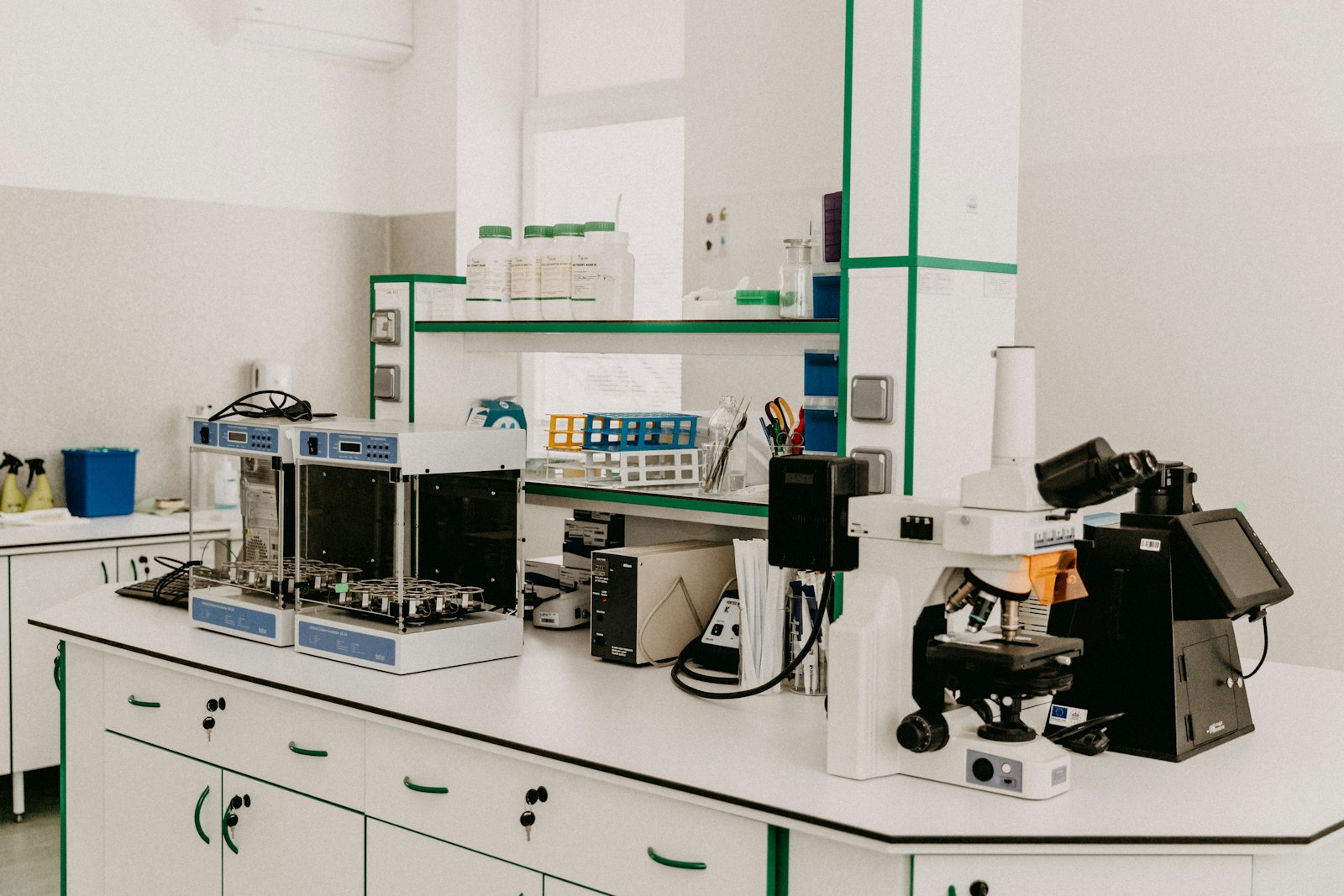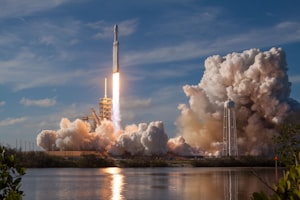A report from the National Science Board revealed that the United States continues to lag behind nearly two dozen competitors in its rate of academic research funding—ranking just 23rd in higher-education expenditures for R&D as a share of GDP in 2018, according to OECD data.
The picture was largely stagnant from 2008 to 2018, as academic R&D expenditures decreased slightly from 0.37 percent of GDP to 0.36 percent.
The federal government funded more than half of the total academic R&D in 2019. Of this portion, 90 percent was funded by just six agencies: the departments of Health and Human Services, Defense, and Energy, along with the National Science Foundation, USDA, and NASA.
Seven of the top 10 countries in the OECD ranking had greater shares of academic research funding coming from their governments. Meanwhile, U.S. higher education provided more than a quarter of academic R&D funding, which ranked second highest in the top 10.
More than three-quarters of academic R&D was performed by doctoral universities with very high research activity.
Despite lagging as a percentage of GDP, the United States maintained the highest overall academic R&D expenditure, with $74.7 billion spent on academic R&D in 2018, followed by China at $34.7 billion, Germany at $24.8 billion, and Japan at $19.8 billion.
Expenditures on academic research equipment reached the highest levels since 2014. However, the federal share of funding for research equipment has not climbed above 50 percent since 2013, despite being greater than 50 percent every prior year since 1981.
The report, released on September 14, was authored by Josh Trapani, a senior analyst at the National Science Foundation.






